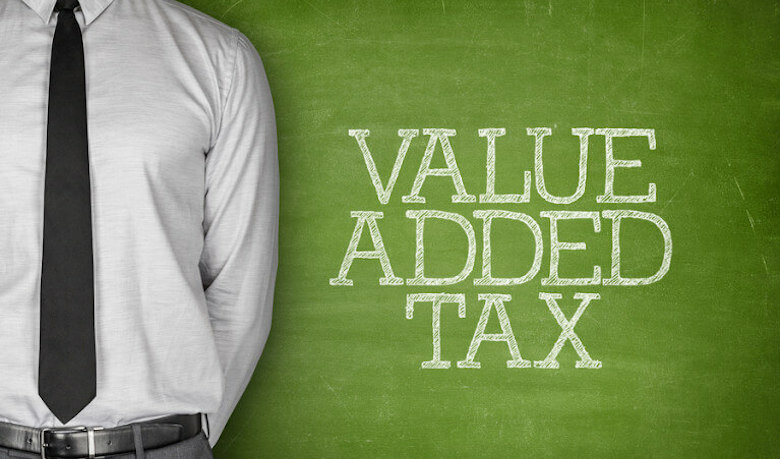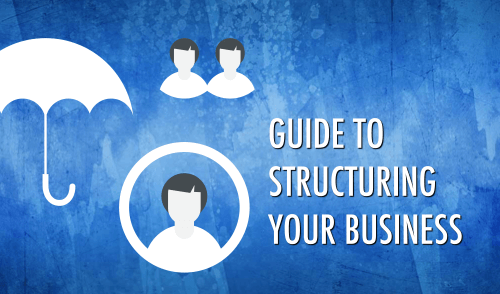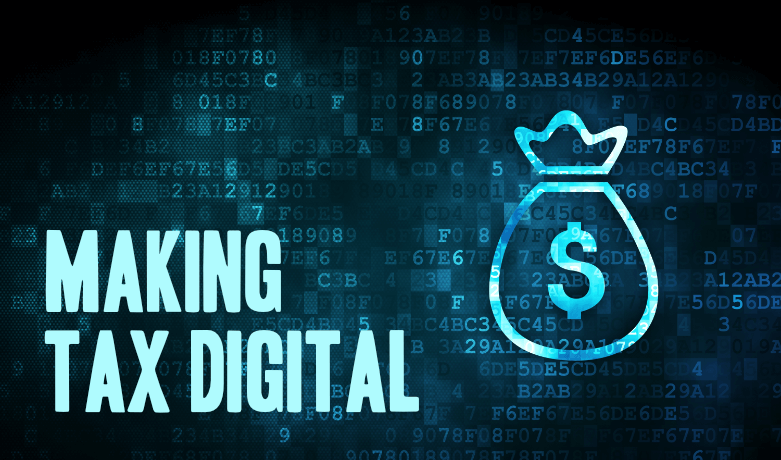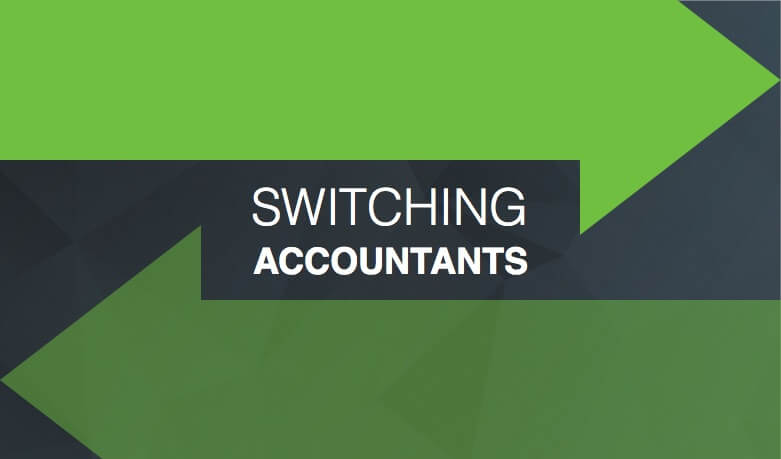VAT Basics and Registration
This guide explains the essential information you need to know about VAT and how it affects you, your business and your customers.
VAT basics
A business makes either taxable sales for vat purposes or non-taxable supplies. Most business activities will fall in the taxable section but you will need to confirm this for the services your business provides.
Once registered for VAT, output vat will need to be paid on income and input vat will be claimed on expenses where vat has been paid (appropriate evidence needs to be retained in the form of a VAT invoice).
For example, if the charge to the customer is £100+vat i.e. £120, the output vat is £20 payable to HMRC. Even if the split is not shown and £120 is charged to the customer, the output vat is still £20. The rule to work out output vat is that it is 1/6th of the total charged to the customer.
On purchases, the same principle applies. So an advertising bill of £60+vat i.e. £72, the business can claim back the £12 vat paid.
If these were the only transactions, output vat for the period would be £20 less the input vat of £12, resulting in £8 that needs to be paid to HMRC.
VAT registration
When the level of taxable supplies reaches the VAT threshold (currently £82,000 per annum), the business will then be required to register for vat.
To determine when the registration limit has been breached, you need to look at the sales over the last 12 months. So for example if business sales were £9,000 per month every month, then the £82,000 limit is breached in month 10. Vat registration would then begin from the start of month 12.
If sales were £6,000 per month in year 1 and £9,000 in year 2, then after 12 months sales would be £72,000 and below the registration limit. In month 13, you would add £9,000 of sales for month 13 but take from the total month 1 sales of £6,000. This gives £75,000 of sales in the last 12 months as at the end of month 13.
Following this pattern, cumulative 12 month sales are as below:
- 12 month sales to month 12 £72,000
- 12 month sales to month 13 £75,000
- 12 month sales to month 14 £78,000
- 12 month sales to month 15 £81,000
- 12 month sales to month 16 £84,000
- 12 month sales to month 17 £87,000
By end of month 16, the vat registration is breached and the business would have to be vat registered from the start of month 18.
Voluntary VAT registration
A business can register on a voluntary basis when its sales are less than the VAT registration threshold. It will only do this when it is a net reclaimer of Vat- where the vat on its expenses is more than the vat it has to pay on its income- or where the customers of the business are vat registered and so can reclaim back the vat charged to them.
Where customers are not vat registered, it does not make sense to register earlier than required as the price charged to customers will increase as they cannot claim the vat back from HMRC ( as they themselves are not vat registered.)
Flat Rate Scheme for VAT (FRS)
HMRC have a scheme to make Administration easier known as the Flat Rate Scheme.
Instead of paying output vat on sales and reclaiming input vat on purchases, the FRS Scheme works by paying a percentage of the Gross sales but with no input reclaims on expenses (unless capital items over £2k are purchased).
You continue to charge your customers 20% output vat but the business gets to keep some of this to cover the input vat which it can no longer claim back.
In the same example as previously illustrated, if the Flat Rate percentage for the sector is 12%, then on an income of £120 from the customer, the vat due is £120 x 10%= £12.
There is no input vat recovery on the advertising invoice of £72.
The percentage is determined by your business sector and varies from 8.5% to 14.5%.
As to which scheme is better for you i.e. the standard scheme of the FRS scheme, and if the changes to the Flat Rate Scheme from April 2017 will affect you, please get in touch to discuss.





